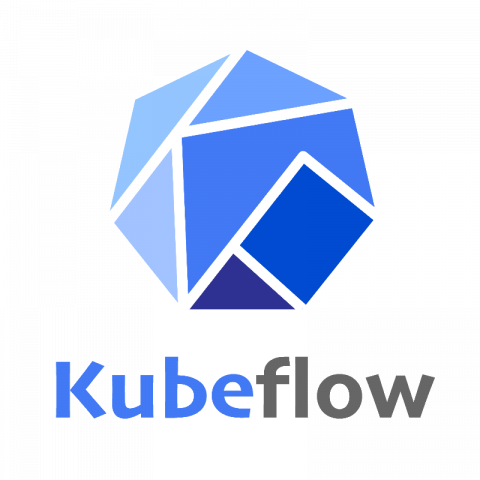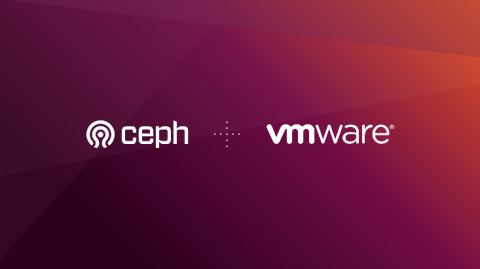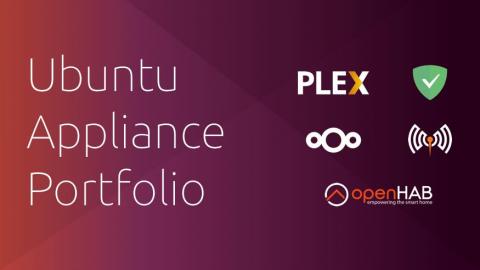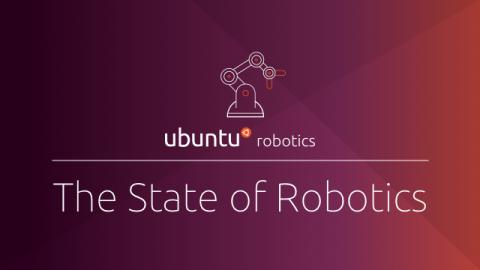Data science workflows on Kubernetes with Kubeflow pipelines: Part 2
This blog series is part of the joint collaboration between Canonical and Manceps. Visit our AI consulting and delivery services page to know more. Kubeflow Pipelines are a great way to build portable, scalable machine learning workflows. It is a part of the Kubeflow project that aims to reduce the complexity and time involved with training and deploying machine learning models at scale. For more on Kubeflow, read our Kubernetes for data science: meet Kubeflow post.









